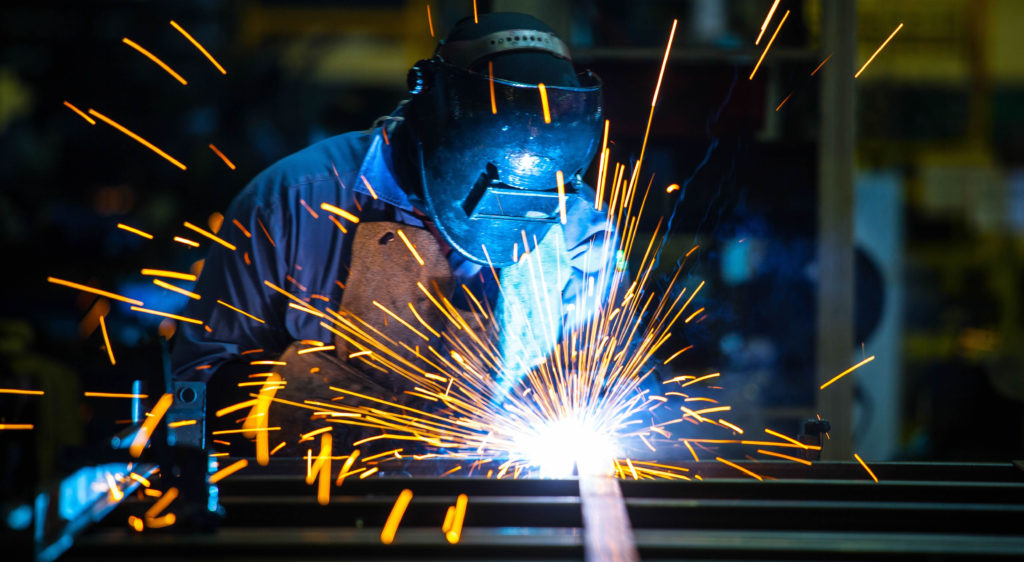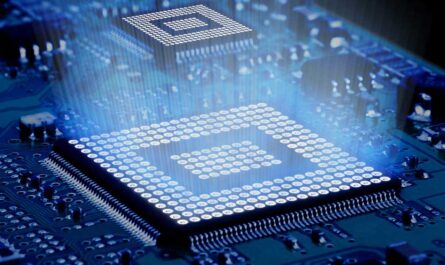Welding is a precise technical skill that requires the right tools and equipment. FromMIG welders andTIG welders to plasma cutters and welding masks, choosing the proper welding equipment is essential for safety and productivity.
Welding Power Sources
The welding power source is the primary piece of equipment that provides the heat and electrical current needed for various welding processes. There are different types of power sources suitable for specific applications.
Gas Metal Arc Welding (MIG) Machines
MIG welders use wire fed from a spool through the welding gun and provide a shielding gas to protect the weld from oxidation and contamination. MIG is suitable for thinner metals and can lay down welds quickly making it commonly used for sheet metal work, auto bodies, and manufacturing assembly lines. MIG welders are available in various amperages from hobbyist and DIY models to heavy industrial units.
Gas Tungsten Arc Welding (TIG) Equipment
TIG welding equipment requires more skill than MIG but can produce very high quality, contour welds ideal for applications like aircraft, medical equipment, or artistic metalwork. A TIG machine combines a non-consumable tungsten electrode and a separate filler rod to produce the weld. The system uses an inert shielding gas, usually argon or helium, to protect the weld area.
Stick Welding Machines
Also called shielded metal arc welding (SMAW), stick welding uses a consumable electrode covered in flux that produces shielding gas as it melts. Stick welding is highly portable and can be used to weld nearly any metal making it well-suited for construction, shipbuilding, and field repairs. Stick machines are very durable and provide welding power for a variety of rod specifications.
Plasma Cutting Systems
Plasma cutting equipment uses a very hot, constricted arc to cut electrically conductive materials. The plasma arc reaches temperatures over 10,000°F, allowing clean cuts to be made through metal up to 1 inch thick. Industrial CNC plasma tables automate cutting of sheet metal for manufacturing with precision. Manual plasma cutters are portable for cutting a variety of steel, aluminum, and non-ferrous metals.
Other Welding Tools and Equipment
Aside from the main power source, welding requires other tools and safety gear. Here are some other important equipment and tools:
– Welding gloves, jackets, and masks – Protect the welder from heat, sparks, and harmful light. Auto-darkening lenses improve visibility and safety.
– Welding torches and guns – Different designs for MIG, TIG, and stick welding. Guns have triggers and gas nozzles, torches connect to power leads.
– Clamps, vices, and positioners – Hold workpieces securely in place for welding. Vises clamp sheets, angle iron holds long pieces.
– Chipping hammers, wire brushes – Remove slag, impurities, and grind weld beads after welding is complete.
– Measuring tools – Tapes, rulers, and layout dye or chalk mark guidelines for cuts and welds.
– Filler rods – Required for SMAW and FCA welding. Different rods tailored for specific metal alloys and thicknesses.
– Grinders – Angle grinders strip paint and scale. Bench grinders shape electrodes and fillers to a point.
– Fume extractors – Captures smoke and particulate at the source to keep work areas safe and compliant.
By selecting the right welding machines, tools, safety gear, and accessories tailored for the intended applications, fabricators and technicians can work efficiently and produce quality welds. With proper equipment, welding opens up possibilities for creation, repair, and precision manufacture across many industries.
*Note:
- Source: Coherent Market Insights, Public sources, Desk research
2. We have leveraged AI tools to mine information and compile it



